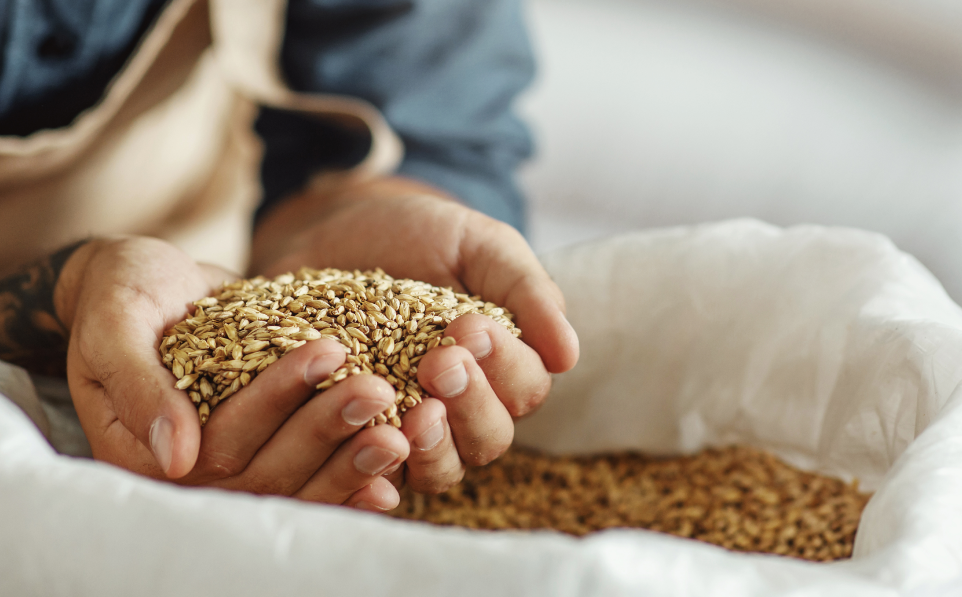A whole-food diet emphasizes natural, unprocessed, and nutrient-dense foods while minimizing or eliminating processed foods, refined sugars, and artificial ingredients. The core principles of a whole-food diet include:
- Eating fresh fruits and vegetables
- Choosing whole grains over refined grains
- Incorporating healthy fats from nuts, seeds, and avocados
- Opting for lean proteins such as poultry, fish, beans, and legumes
- Eliminating or reducing processed and packaged foods

Steps to Transition to a Whole-Food Diet

1. Assess Your Current Eating Habits
Start by evaluating what you eat daily. Identify highly processed foods in your diet and make a list of whole-food alternatives. Being aware of your current habits will help you create a plan for gradual improvement.
2. Start with Small Changes
Transitioning overnight can be overwhelming, so take small steps:
- Swap white bread for whole-grain or sprouted bread.
- Replace sugary cereals with oatmeal or homemade granola.
- Opt for fresh fruit instead of packaged snacks.
- Choose natural nut butter instead of processed spreads.
Making gradual changes ensures long-term success and allows your taste buds to adjust to natural flavors.

3. Plan and Prepare Your Meals
Meal planning is crucial when adopting a whole-food diet. Set aside time each week to plan meals, create a grocery list, and prepare ingredients in advance. Batch-cooking grains, roasting vegetables, and portioning out snacks will make healthy eating more convenient.

4. Read Food Labels Carefully
When buying packaged foods, read ingredient lists to ensure they contain whole, natural ingredients. Avoid products with added sugars, artificial preservatives, and hydrogenated oils. Look for minimal, recognizable ingredients to ensure food quality.

5. Increase Your Intake of Fresh Fruits and Vegetables
Aim to fill half of your plate with a variety of colorful vegetables and fruits. Incorporate them into every meal by:
- Adding leafy greens to smoothies
- Snacking on fresh berries and nuts
- Using vegetables as the base for soups and stir-fries
- Trying new plant-based recipes to add variety

6. Choose Whole Grains Over Refined Grains
Refined grains like white rice and white bread have been stripped of essential nutrients. Instead, choose:
- Brown rice
- Quinoa
- Whole wheat pasta
- Oats
- Barley
These whole grains provide fiber, vitamins, and minerals, which support digestion and overall health.

7. Opt for Healthy Fats
Healthy fats play a crucial role in nutrient absorption and overall well-being. Instead of unhealthy trans fats found in processed foods, choose sources such as:
- Avocados
- Nuts and seeds
- Olive oil
- Fatty fish like salmon and mackerel
- Coconut oil (in moderation)

8. Reduce Sugar and Artificial Sweeteners
Added sugars and artificial sweeteners can contribute to various health issues. Gradually reduce sugar intake by:
- Using natural sweeteners like honey or maple syrup in moderation
- Drinking water or herbal teas instead of sugary sodas
- Opting for dark chocolate instead of milk chocolate

9. Cook More at Home
Preparing meals at home allows you to control ingredients and cooking methods. Experiment with whole-food recipes and try different cuisines to keep meals exciting and flavorful.

10. Stay Hydrated
Proper hydration is essential for digestion, energy levels, and overall health. Drink plenty of water throughout the day, and consider adding herbal teas or infused water for variety.

11. Practice Mindful Eating
Eating mindfully helps you enjoy your meals and recognize hunger cues. Focus on:
- Eating slowly and savoring flavors
- Avoiding distractions like TV or phone use during meals
- Listening to your body’s hunger and fullness signals

12. Be Patient and Flexible
Adopting a whole-food diet is a journey, not a destination. Allow yourself time to adjust, and don’t be too hard on yourself if you occasionally indulge in processed foods. The key is consistency and making healthier choices most of the time.
Targeted Keywords
- Whole-food diet transition
- Healthy eating habits
- Clean eating meal plan
- Nutrient-dense foods
- Whole foods vs. processed foods
- Benefits of a whole-food diet
- Natural weight loss foods
- How to eat clean and healthy
- Sustainable healthy eating
Conclusion
Transitioning to a whole-food diet is a rewarding lifestyle change that supports long-term health, energy, and overall well-being. By making gradual improvements, planning meals, and prioritizing natural, nutrient-dense foods, you can successfully embrace this way of eating. Stay patient, be mindful, and enjoy the process of nourishing your body with wholesome, delicious foods. Over time, you’ll find that a whole-food diet becomes second nature, leading to lasting health benefits and an improved quality of life.





